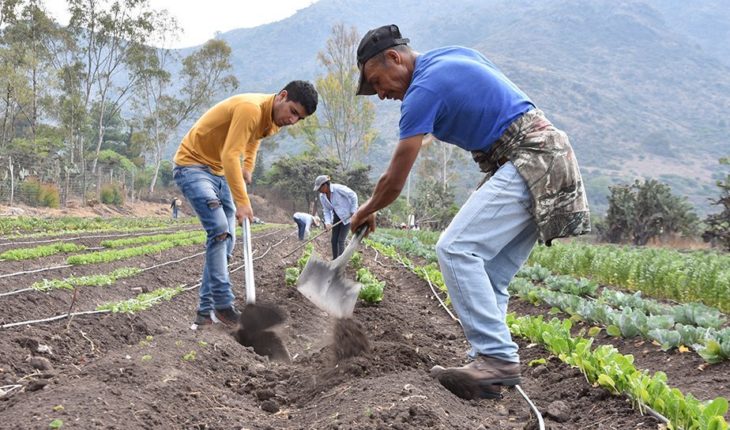In the last thirty years, Latin America and the Caribbean have experienced significant progress in reducing poverty and hunger. However, even in the countries with the greatest progress there are rural territories that have been left behind, places that seem to be stopped in time, where people live in social conditions that resemble those that were fifty years ago. They are forgotten territories, condemned by simple omission or for having been the subject of policies that were not relevant to their conditions and needs. They are far from the centers of power, but they are no longer passive or silent. They often challenge their countries with caravans of migrants fleeing poverty and violence, hosting illegal economies, or blocking investments that are seen as one more aggression.
According to the Economic Commission for Latin America (ECLAC) and the United Nations Food and Agriculture Organization (FAO), in fourteen countries in the region there are almost two thousand municipalities in lagging territories, which house almost Forty-six million people. Half of this population lives in the countryside and the rest in towns and small towns. Almost one in five are indigenous or Afro-descendant. And one in five of their homes has female headquarters.
Depending on the country, the population of these lagging territories represents between four and sixteen percent of the national population. They are places in countries like Colombia, Peru, Dominican Republic or Brazil, which in general have severely reduced extreme poverty and hunger at the national level, although in their forgotten territories there are still children who are starving, and many more growing With their lives mutilated by chronic malnutrition.
There are those who propose that the solution to these territories is simple: they should only be emptied of people. To convert their peasants, Indians and afros into scavengers in the dumpsters, or in street vendors in the streets of the cities. But are the cities of these fourteen countries ready to receive FORTY-SIX million people? Migration – when it is voluntary – is certainly part of the solution, but poses its own challenges. We must not forget that thousands of peasants have emigrated in the last six decades from the mountains of Guerrero in Mexico, but this has not prevented many thousands to remain there, cultivating the poppy with which the heroin is produced, enriching the chests of the capos of the Organized crime. The lagging territories of Latin America and the Caribbean are not a bad dream that is going to disappear overnight. And the consequences of his abandonment are not going to be undone by magic. Because these territories, although they have been forgotten, neglected, exploited and neglected, are part of our national bodies, and we have to start treating them in the way that they belong.
At FAO we believe that there is no other remedy than development. That the millions of men and women living in these places are treated as citizens who have inalienable rights, it is not too much to ask. It’s not even about investing a lot more money; The key is to substantially improve the quality of policies and programmes devoted to these territories. This means less patronage, better targeting and innovation formulas appropriate to the circumstances of those places and their people. It also implies bringing them closer to the markets and, above all, much, much, much social participation. A real social participation that recognizes the value of the people who inhabit these territories. After all, they are resilient women and men who respond if given the opportunity. Because living this way is not easy: it takes a lot of social intelligence to keep standing in such adverse conditions.
In order to promote this urgent transformation, we at FAO are promoting the Strategy 100 territories free of hunger and extreme poverty. 100 territories seeks to give real political recognition to these places, developing practical, innovative and appropriate solutions that extend the economic opportunities of the subjects that inhabit the forgotten areas. 100 territories will work to strengthen these territorial societies and help local governments to be more competent and effective, creating bridges that connect these territories along our continent, so that they learn from each other.
Is it difficult? Yes, it’s very difficult. Is the result uncertain? Of course. Does it require a great deal of political will against populations that have little electorally? Yes, that’s right. But what’s the alternative?
The content poured in this opinion column is the sole responsibility of its author, and does not necessarily reflect the editorial line or position of the counter.





